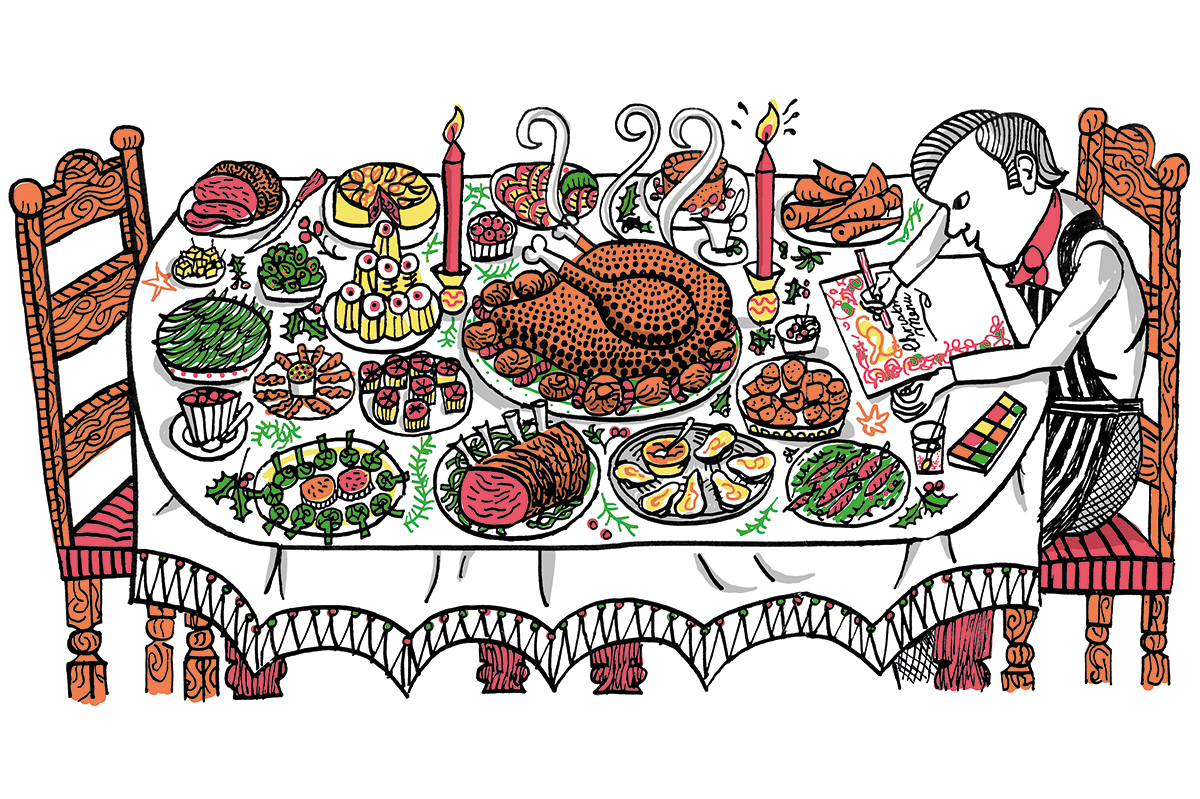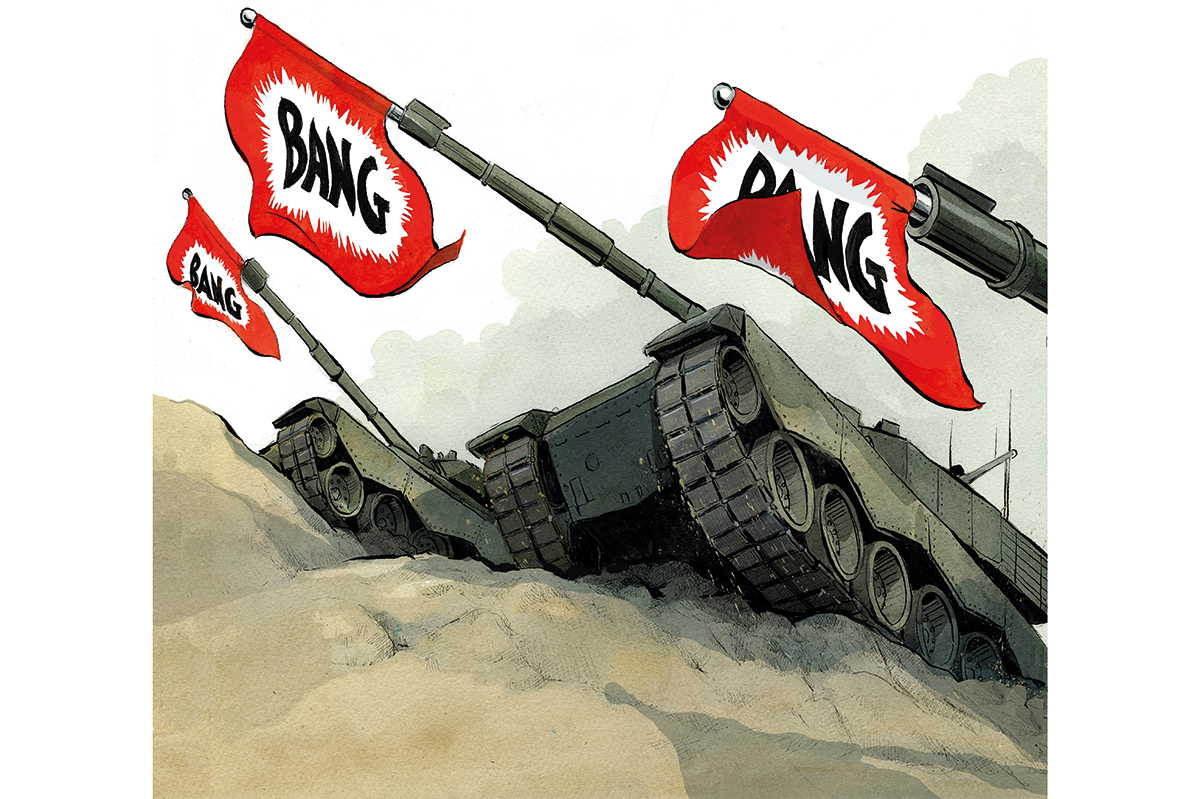When I lived in Berlin a decade ago, I was struck by the contrast between the dullness of young Germans and the incredible weirdness of everything else. Only in German could the word for “gums” (Zahnfleisch) mean “toothflesh.” And only in fleisch-mad Germany (the word for “meat” is the same as “flesh,” which is somehow incredibly disgusting) would people snack on raw pork, a dish known as mett. Mett, also known, rather curiously, as Hackepeter, is sometimes offered at buffets in the shape of a hedgehog (what else?) with raw onion spines. It simply doesn’t get stranger.
While musing on such things, I would cycle slowly around the bizarre gigantist ministries of the Nazi period near Checkpoint Charlie (itself a relic of a truly bonkers, menacing portion of the past), or past the Stasi headquarters in the almost mind-bendingly drab Lichtenberg. Or I’d drive down south with my then-boyfriend to Munich or Heidelberg and observe the particularly blood-curdling hedonism with which older West Germans took refreshment. All very odd.
Germany is still just as dull and just as mad. Bar some standout characters like Sahra Wagenknecht, of the populist party of the same name, and the knicker-twisting rise of the AfD, the political landscape is preternaturally boring – in part a function of its hopeless and labyrinthine proportional electoral system.
Meanwhile, Germany still amazes with its particular, refined species of weird. Earlier this month, there was a further evolution in the case of Müller, a retailer chain of model railways and rail figurines. It got into trouble for stocking a range made by figurine-maker Noch. In its quest for realism – as only a German model railway figurine-maker could quest – Noch’s range includes two topless women, one about to take her bra off and, between them, about to get dressed, put on suntan lotion and stretch.
The coup de grâce of this fine collection is the gray-haired voyeur watching them through a pair of binoculars. “The miniature figure set is ideal for depicting humorous or unusual scenes on your model railway layout or in your diorama,” says the Noch website. One wonders if the “sexy scenes” offered by Noch and competitors between figurines on a model railway fall more into the “humorous” or “unusual” category. At any rate, according to Noch’s chief executive Rainer Noch: “They represent authentic scenes as they are written by life,” clarifying that the aim has always been “to transfer the diversity and authenticity of everyday life into the model – always with a wink.” The wink, as ever, is the thing.
By way of backdrop, one must appreciate the already quirky world of German rail enthusiasts. Such people are quirky world no matter the country, but it’s hard to match the intensity of the German effort, enshrined in Miniatur Wunderland in Hamburg, the largest model railway system in the world. I couldn’t help but notice a telling question asked on the “annual pass” information section of its website: “You are not only planning one visit to Miniatur Wunderland, but you would like to admire the layout every day?” For many, the answer must surely be an enthusiastic “ja.”
Critics saw in the confectionery the glorification of Hitler’s regime
There is something about the figurine that encapsulates the essence of German oddness. Perhaps it’s the way figurines channel the seriousness about a world in miniature imprinted with the passions of the maker – and, of course, how easily those passions can come out strangely.
Whatever it may be, a few weeks ago there was another piece of distinctly German figurine drama, with a kerfuffle caused by the decision of one Café Lieb in Tübingen to bring back to candied life a series of sugar molds of… Nazi-era bunnies riding tanks. Found in the café’s storeroom, the bunnies, argued the owner, were innocently nostalgic for older customers. Critics saw in the confectionery the glorification of Hitler’s regime.
I didn’t have a problem with the café reusing the molds; they seem unlikely to provoke anything much to worry about apart from tooth decay. What was remarkable, however, was that the molds existed at all. The patriotic, warrior vision that saw sugar bunnies riding tanks could only have been German. Politically, globally, existentially: the threat caused by such weird desires has gone. Now it mostly makes a cherished counterpoint to the otherwise deadening tendencies of contemporary Germany.


























Leave a Reply